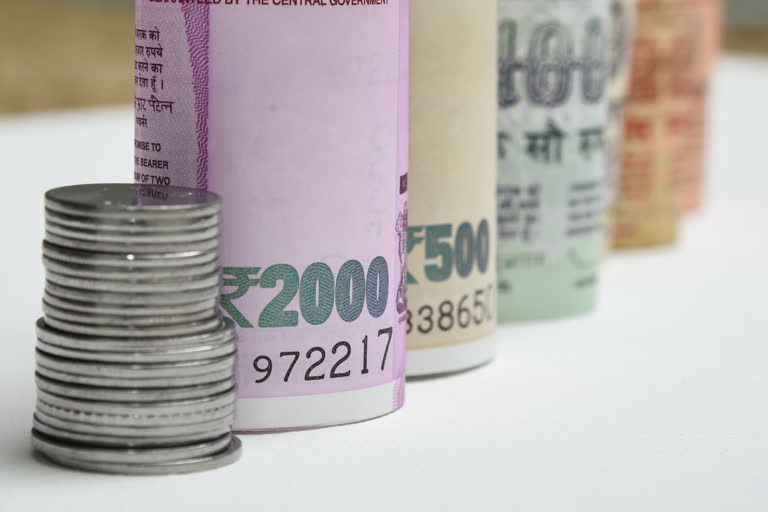Mumbai: Despite the many an effort to shift to digital payments and usher in a digital payment economy, the currency in circulation has jumped by a hefty 17 per cent to Rs 21.10 lakh crore as of March 2019, the Reserve Bank says in its annual report for 2019.
The demand for the Rs 500 bill, which is the second-highest denomination after the Rs 2,000 note, has soared the highest and now accounts for over 51 per cent of the value of currency in circulation, says the report released Thursday.
"The value and volume of banknotes in circulation increased by 17 per cent and 6.2 per cent to Rs 21.10 lakh crore and 1,08,759 million pieces, respectively, in FY19," the report says.
It can be noted that one of the objectives of the note-ban of November 8, 2016 rendering as much as 86 per cent of the outstanding bill useless and had a crippling impact on the economy as a whole, was to encourage digital payments and bring down the use of cash.
But the public returned back as much as 99.8 per cent of the cancelled notes back into the system, leading many voices to question the rationale for the very exercise itself.
Read more:RBI balance-sheet in FY19 up 13.4% to Rs 41 lakh crore
The annual report notes a 59 per cent increase in retail electronic payment transactions to 23.3 billion.
The share of the Rs 500 bill stood at 42 per cent as of end June 2018, while the same for the Rs 2,000 notes, declined in value to Rs 6.58 lakh crore as of March 2019. However, the combined basis, the share of the high-value Rs 500 and Rs 2,000 bills was almost stable at 82 per cent.
There was a sharp fall in the instance of fake currency detections in FY19 to 3.17 lakh pieces down from 5.22 lakh in FY18 and 7.62 lakh in FY17, the RBI says.
The RBI's note printing cost has come down marginally to Rs 4,811 crore in FY19 from Rs 4,912 crore in FY18, reflecting normalisation in operations post-demonetisation.
The report says after disposing of the demonetised notes, the efforts are now on disposing off the soiled notes of smaller denominations which have piled up. However, over 21,000 fake pieces each of the newly introduced Rs 500 and Rs 2,000 notes were found in the reporting year.
The Reserve Bank will introduce varnished banknotes of Rs 100 denomination on a field trial basis to increase the life of the banknotes and also look at ways to make them disabled-friendly in FY20.



